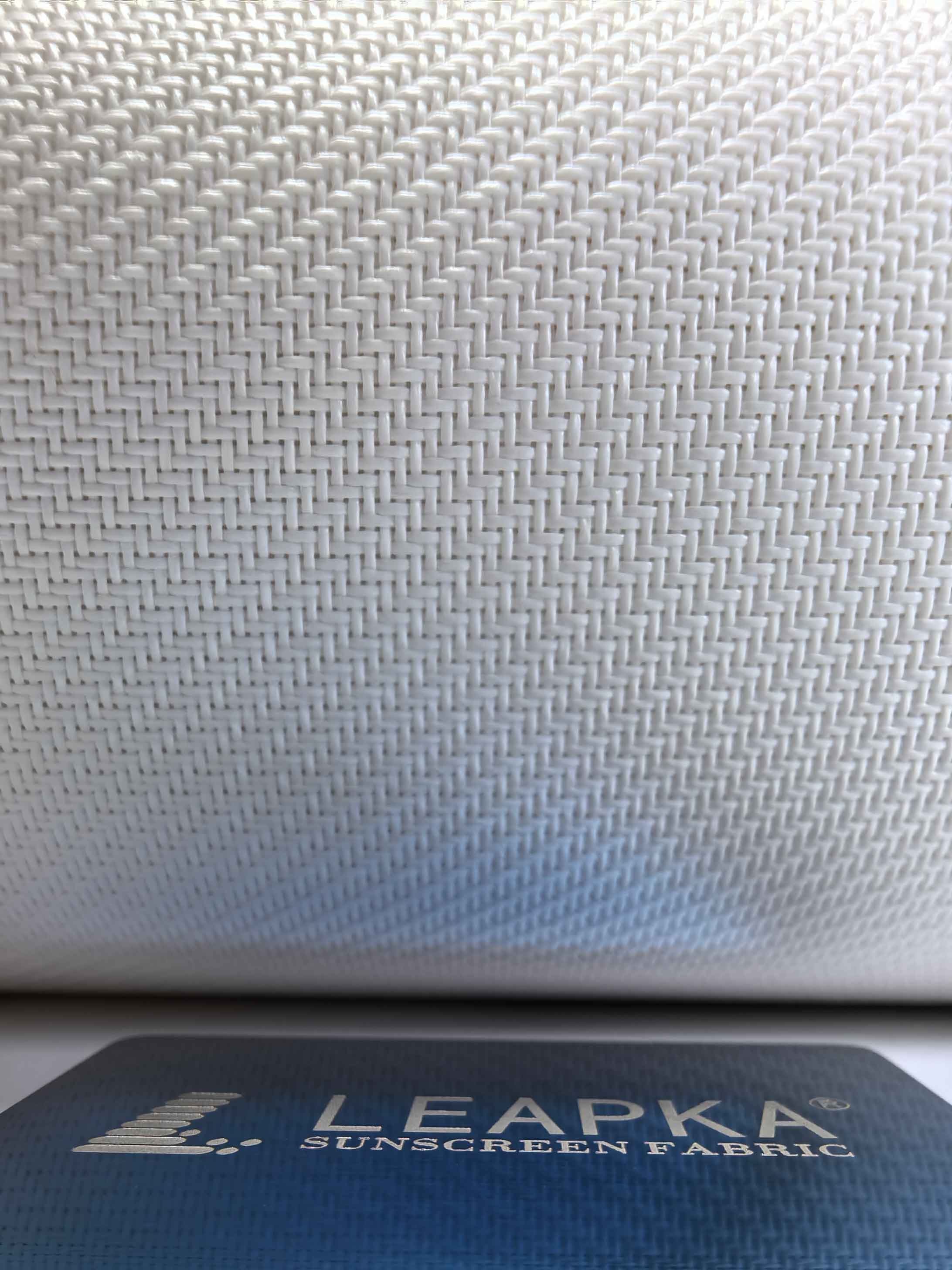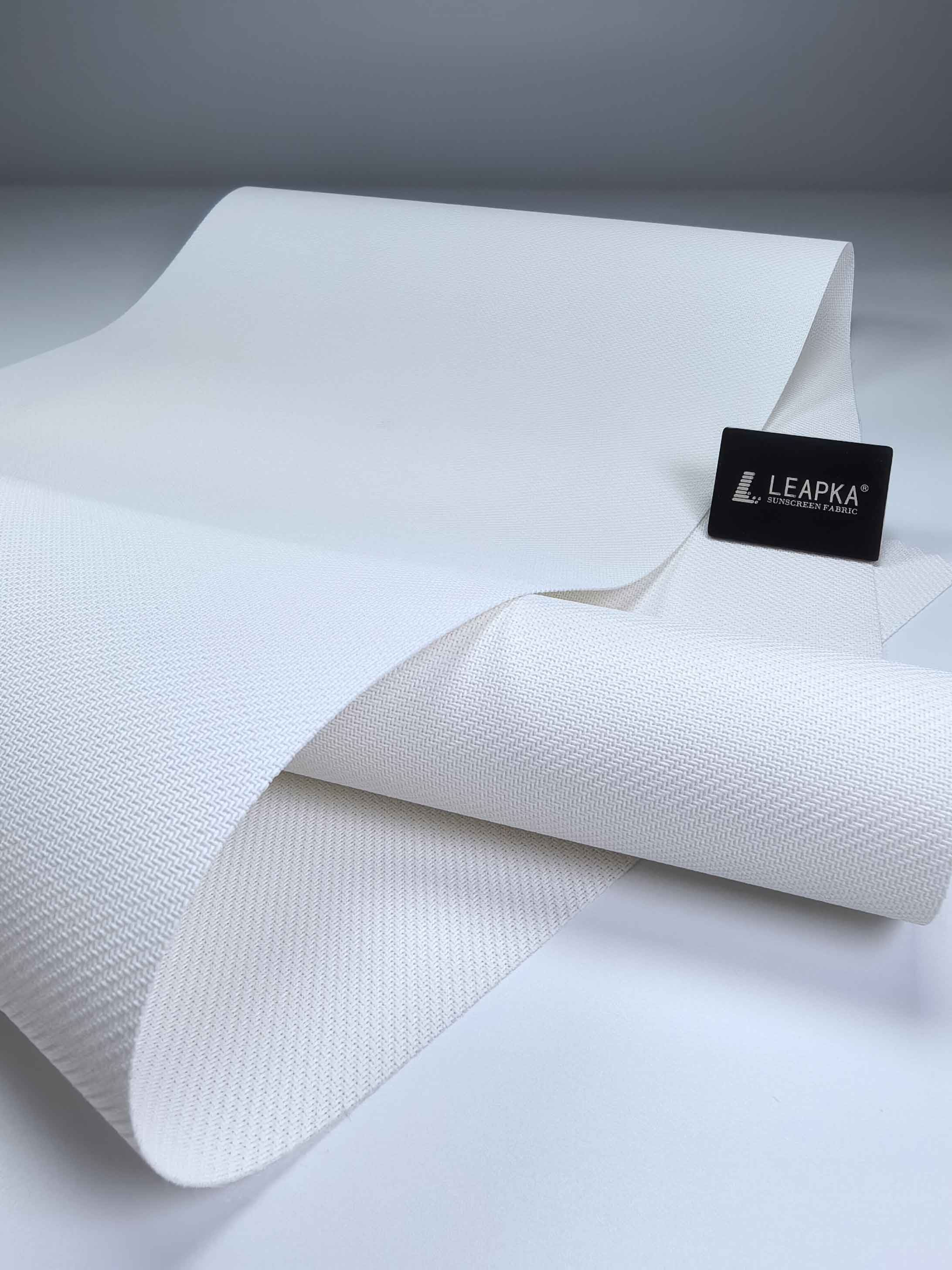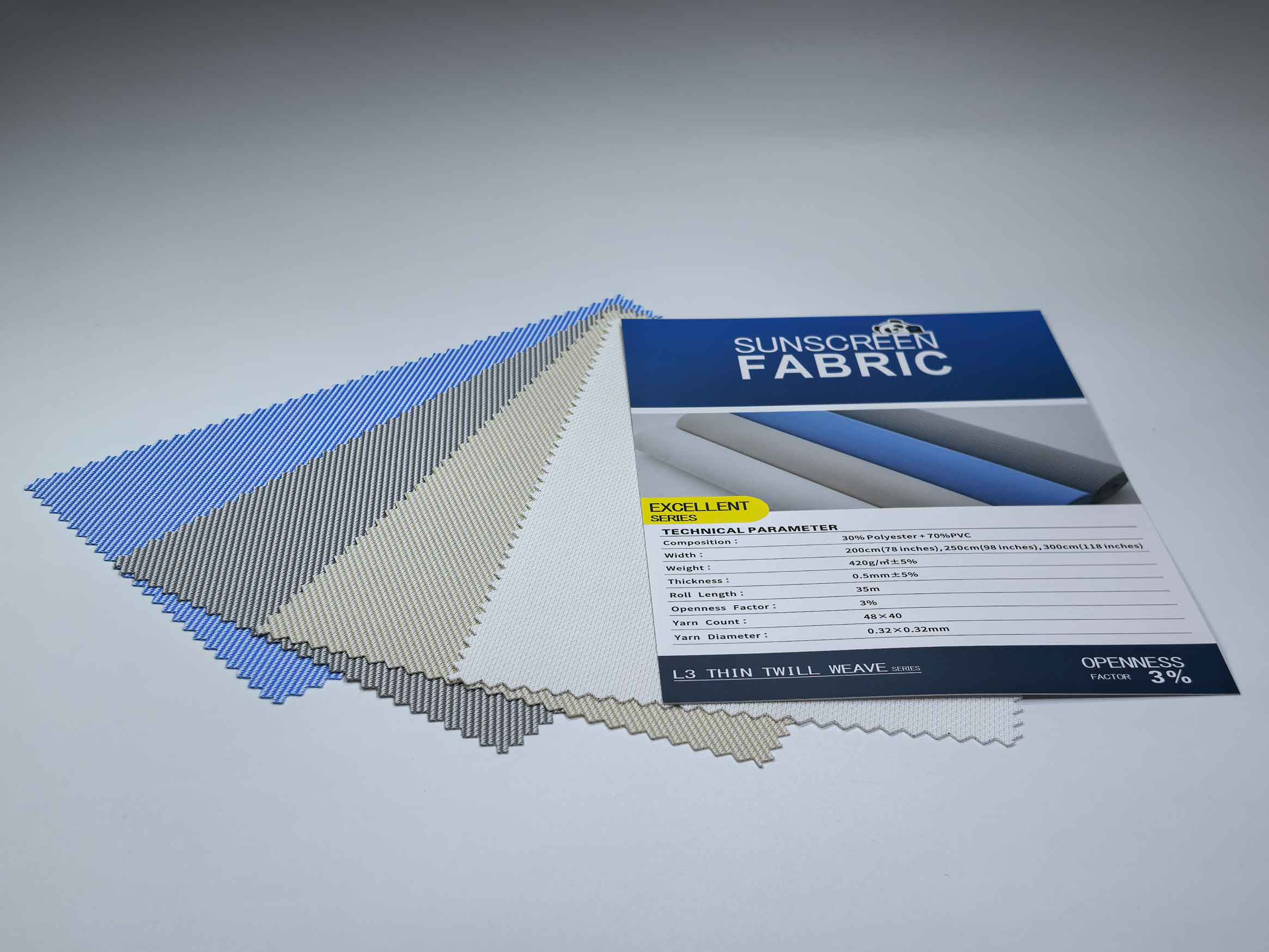Fabrication Guidelines: Manufacturing with L3 Series Materials
The transformation of the L3 Thin Twill Weave Series into premium window treatments demands meticulous attention to material properties and manufacturing protocols. This refined collection of Sunscreen fabrics presents specific considerations for manufacturers developing customized window covering solutions. This detailed guide addresses practical aspects of working with these advanced materials to ensure superior outcomes in finished products.
Product Applications and System Configurations
The series supports various finished product categories:
Standard Roller Mechanisms: Conventional solutions for typical window applications
Automated Systems: Integration with motorized control and operating mechanisms
Specialized Configurations: Custom solutions for unique architectural demands
Commercial Implementations: Large-scale applications for business environments
Material Handling and Preparation
Proper handling ensures optimal manufacturing results:
Color Coordination: Systematic organization of different color variants to maintain clarity
Storage Protocols: Maintenance of clean, controlled storage conditions to preserve material integrity
Layout Strategy: Strategic material planning to minimize waste and ensure pattern continuity
Cutting Techniques and Precision Methods
Various cutting methodologies require specific considerations:
Precision Cutting: Accurate cutting protocols for clean edges and proper alignment
Pattern Consistency: Careful attention to twill weave pattern continuity and direction
Quality Verification: Regular monitoring of cutting accuracy and edge quality
Color-Specific Manufacturing Considerations
Different variants demand particular attention:
Light Tones (L3-301): Special precautions to prevent surface contamination
Dual-Tone Patterns: Attention to color distribution and pattern alignment
Medium Shades (L3-302): Careful handling to maintain color consistency
Seaming and Joining Procedures
Multiple techniques support professional product assembly:
Thermal Bonding: Heat-based joining methods for durable, clean seams
High-Frequency Welding: Advanced joining technology for robust, discreet seams
Stitching Methods: Conventional sewing techniques with appropriately colored thread selection
The successful fabrication of L3 series-based window treatments requires thorough understanding of material characteristics throughout the production process. By implementing appropriate manufacturing techniques and quality assurance measures, fabricators can create superior products that deliver both aesthetic sophistication and dependable performance as exceptional Roller blinds Fabrics solutions.



















